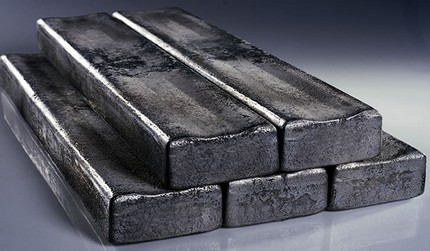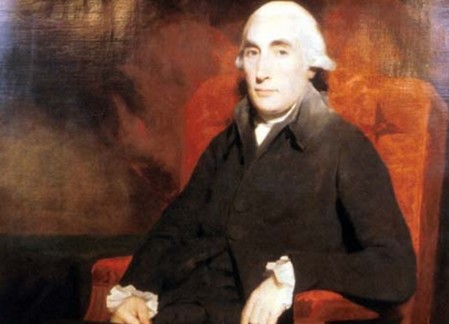2
2009
Who Discovered Magnesium
Magnesium is a hard, silvery-white metallic element that burns into a white flare when set fire. Magnesium is used in making alloys, firecrackers, flash photography, and even bombs.
The element got its name from a Greek region called Magnesia. Magnesium is an alkaline Earth metal that belongs to the Group 2 elements in the Periodic Table. Rocks contain the richest source of magnesium in nature.
Discoverers of Magnesium
Joseph Black of Scotland discovered magnesium in 1755. Black found out that magnesia (MgO) was a compound of magnesia and that magnesia was not the same as calcium carbonate. Using electrolysis, Sir Humpry Davy isolated magnesium from magnesium oxide and mercuric oxide. Then he heated mercury and magnesium to dispose of mercury. What remained was mercury. The Frenchman Antoine A. B Bussy successfully isolated large amounts of magnesium in 1831. He heated magnesium chloride and potassium and cleansed off the resulting potassium chloride.The remainder was magnesium.

Functions of Magnesium
Magnesium helps the human body in countless ways. The body needs calcium in more than 320 bio-chemical processes. Magnesium calms the muscles and the nervous system. Bodily cells need calcium to regain energy. All cells in our body need magnesium and use it to process and regain energy. Magnesium acts on the food we eat and turns it into calories.
Magnesium in the human body
Magnesium is mainly found in our bones and muscles. There is evidence that a high magnesium diet gives a child sharp concentration. It also helps to make the child’s bones and muscles form faster. Magnesium has a role in the production of protein. Magnesium is the 11th major element in the human body. All living cells need magnesium ions in regulating DNA, RNA, and ATP. The average adult needs to take 300 mg of magnesium a day.

A lack of magnesium in our body could lead to slow metabolism. When this happens, a person may be prone to stroke and heart attack. Magnesium is lost by our body through diarrhea, abnormal digestion, and too much vomiting.
Moreover, magnesium is important for the metabolism of carbohydrates. Magnesium affects insulin. It can make insulin go fast or slow. Insulin is the hormone that helps control blood sugar. When blood sugar goes up, insulin goes out with urine. This way magnesium is lost in the blood as well
Magnesium rich foods
Green leafy vegetables are rich in magnesium. Spinach and broccoli have the highest concentration of magnesium. Other good sources of magnesium are bananas, avocados, nuts, peas, beans, and legumes.
There are magnesium supplements on the market. But we are advised not to overdo taking in of vitamins. Too much magnesium vitamins can lead to weakness of the muscles, a possible kidney failure, cramps, and irregular heartbeat.
Magnesium in nature
The earth’s crust has rich deposits of magnesium. Magnesium does not occur in a natural state. It always combines with minerals such as magnesite and dolomite. Free magnesium is volatile and highly reactive. Magnesium metal can be obtained through electrolysis.
Magnesium metal flares up when in contact with water. Magnesium reacts with water to make hydrogen gas. Finally, milk of magnesia is used in medicine.

 An article by
An article by 




